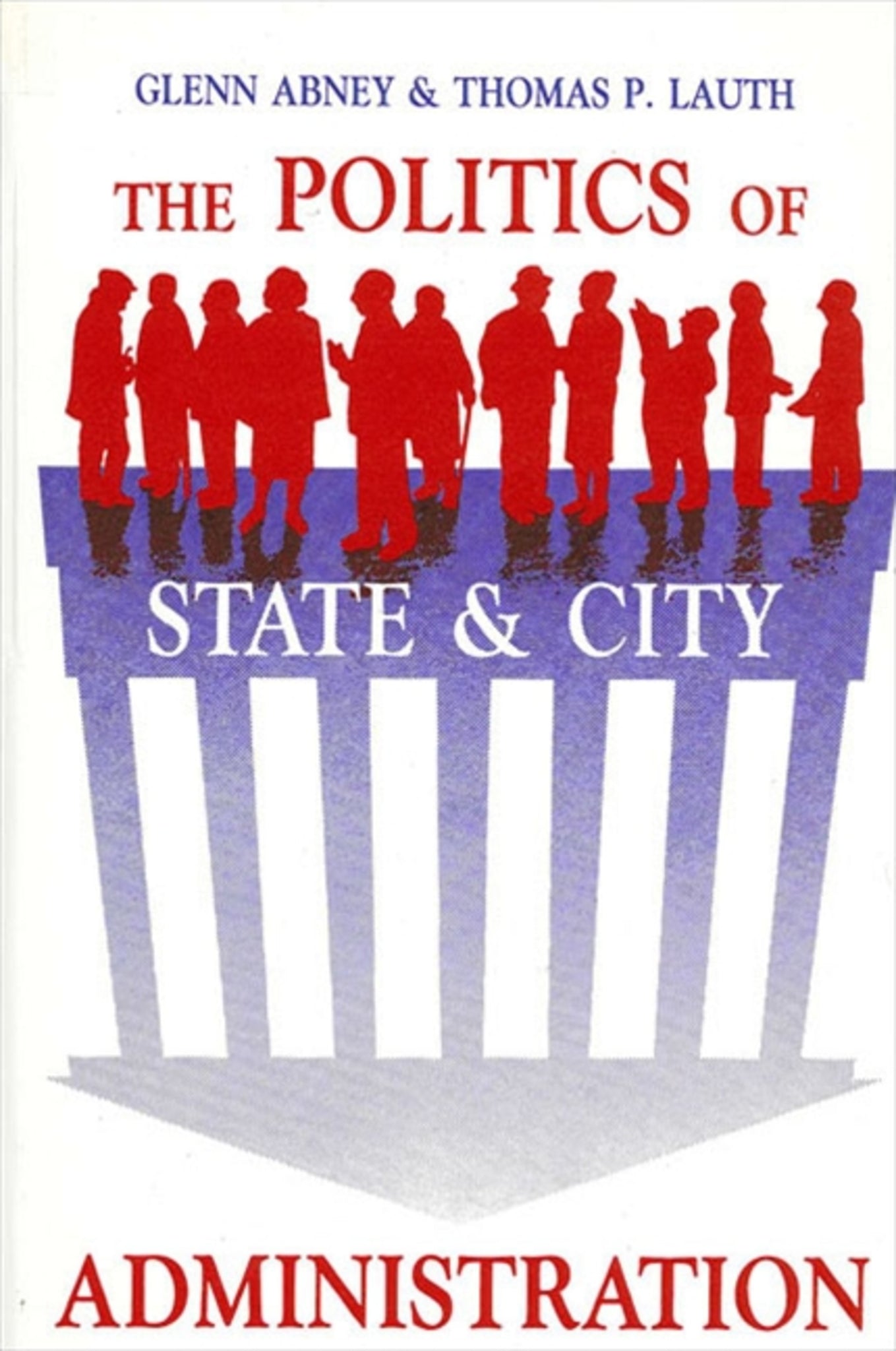We're sorry. An error has occurred
Please cancel or retry.
The Politics of State and City Administration

Some error occured while loading the Quick View. Please close the Quick View and try reloading the page.
Couldn't load pickup availability
- Format:
-
30 June 1986

In The Politics of State and City Administration, Abney and Lauth take a penetrating look at the relationships of state and city administrators to the people with whom they work: legislators, councilors, chief executives, and numerous interest groups seeking to influence administrative decisions and upon whom administrators depend to achieve their objectives. The analysis is based upon information obtained from national surveys of approximately 800 state and 600 city government department heads.
The reader of this book will learn, for example, that governors are perceived by their department heads to be more interested in management than in policy leadership, interest groups are viewed as allies rather than enemies of state administrators, and the emergence of professionalism in administration has reduced the ability of mayors to be chief administrators. The Politics of State and City Administration will be of interest to scholars and students of public administration, state and local government, and public policy.


Tables
Acknowledgments
1. The Political Environment of State and City Administration
Part I. The Politics of State Administration
A Brief Introduction to State Government
2. The Tasks of State Administrators
3. The Governor as Chief Administrator
4. The Limits of Legislative Influence
5. Exchanges between Interest Groups and State Administrators
6. "Speaking Truth to Power" in the State Appropriations Process
Part II. The Politics of City Administration
A Brief Introduction to City Government
7. Reform and Rational Decision Making
8. Influence of the Chief Executive on City Line Agencies
9.Council Intervention in Municipal Administration
10. Interest Group Influence in City Policy Making
11. A Comparative Analysis of Service Distribution and Rule Enforcement Decisions in Cities
12. Conclusion
Notes
Index



